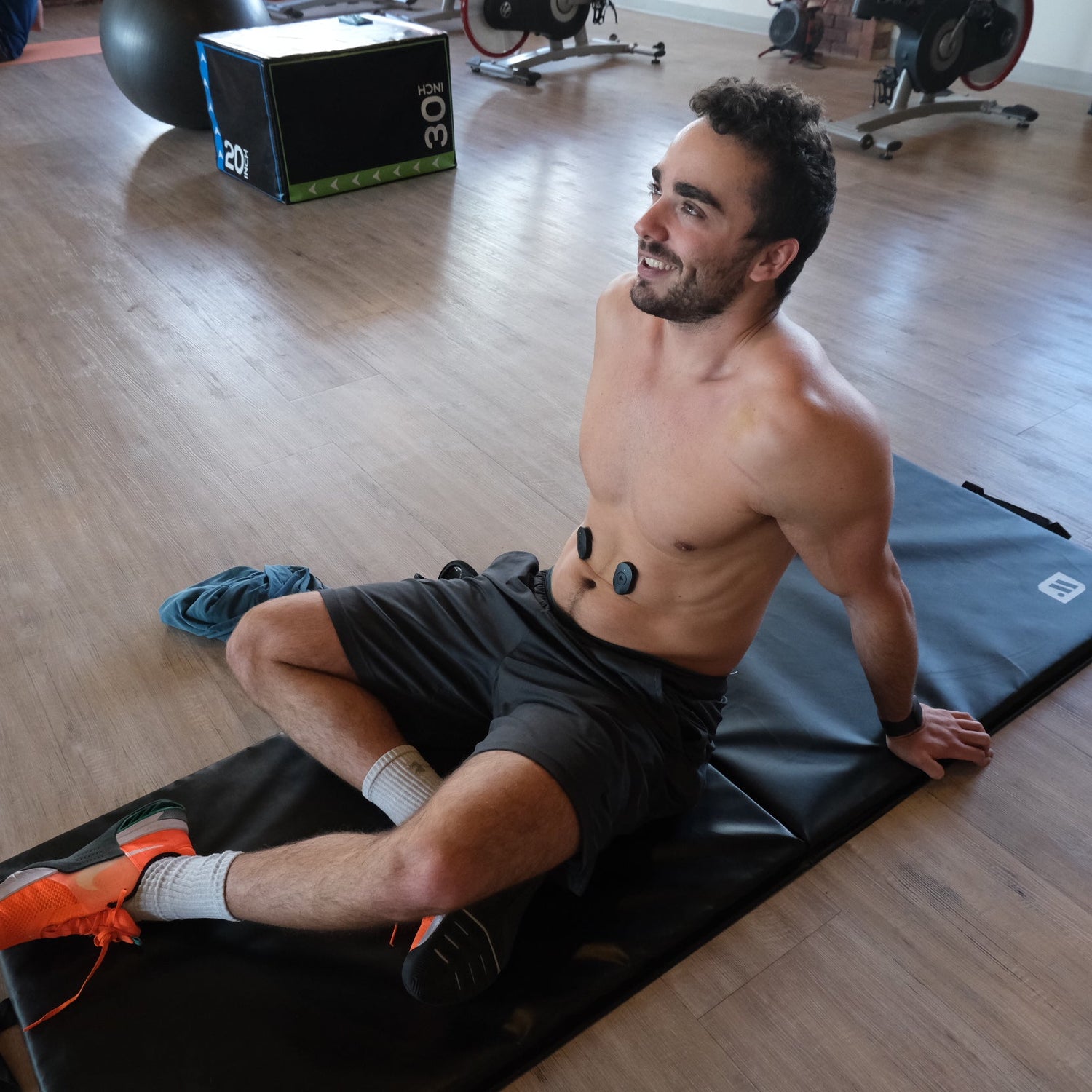Stretching is an integral part of any workout routine, and it’s especially important when it comes to weightlifting. Whether you're a seasoned weightlifter or a beginner, incorporating stretching into your pre and post-workout routine is crucial for enhancing performance, reducing injury risk, and supporting overall fitness progress.
Pre-Workout Stretching: Priming Your Muscles
Before diving into a weightlifting session, it's essential to prepare your muscles. Pre-workout stretching helps in priming your muscles and joints, increasing blood flow and circulation to the areas you'll be targeting during your workout. Here's why it matters:
Improved Flexibility and Range of Motion: Stretching helps enhance the flexibility of your muscles and joints, allowing for a greater range of motion. This, in turn, enables you to perform weightlifting exercises with better form and efficiency.
Injury Prevention: Cold and tight muscles are more susceptible to injury. Stretching before a workout helps reduce the risk of strains, tears, and other muscle-related injuries by warming up the muscles and making them more pliable.
Enhanced Muscle Activation: Stretching activates and engages the muscles you're about to use, making them more receptive to the upcoming weightlifting exercises. It helps establish a mind-muscle connection, ensuring you can fully engage the targeted muscle groups during the workout.
Post-Workout Stretching: Enhancing Recovery and Flexibility
Once you've completed your weightlifting session, it's equally important to stretch again. Post-workout stretching is beneficial for your body's recovery and future performance. Here's some of the benefits
Muscle Recovery: Stretching after lifting weights can aid in the recovery process by helping to alleviate muscle tension and soreness. It encourages the removal of waste products like lactic acid, enhancing blood circulation and nutrient delivery to your muscles.
Maintaining Flexibility: Regular post-workout stretching contributes to maintaining and improving flexibility over time. As your muscles relax and elongate, they remain supple and less prone to tightness or stiffness.
Key Tips for Effective Stretching
Dynamic Stretching Before, Static Stretching After: Engage in dynamic stretching before your workout. This involves movement-based stretches that mimic the motions you'll perform during your workout. It helps prepare your body for the specific exercises you're about to do.
Opt for static stretching after your workout, where you hold each stretch for about 15-30 seconds. Focus on major muscle groups that were engaged during your weightlifting session.
Breathing and Relaxation: While stretching, ensure you breathe deeply and consistently, promoting relaxation and aiding in a deeper stretch.

